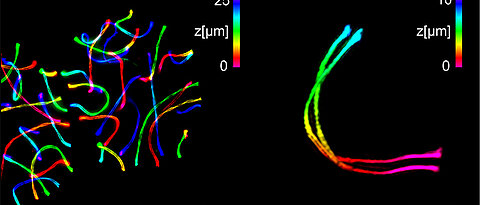High-end Microscopy Refined
07/06/2020
New details are known about an important cell structure: For the first time, two Würzburg research groups have been able to map the synaptonemal complex three-dimensionally with a resolution of 20 to 30 nanometres.
more






![[Translate to Englisch:] [Translate to Englisch:]](/fileadmin/_processed_/7/0/csm_unilogo4cohne_mittel_w_4118776ce3.jpg)














